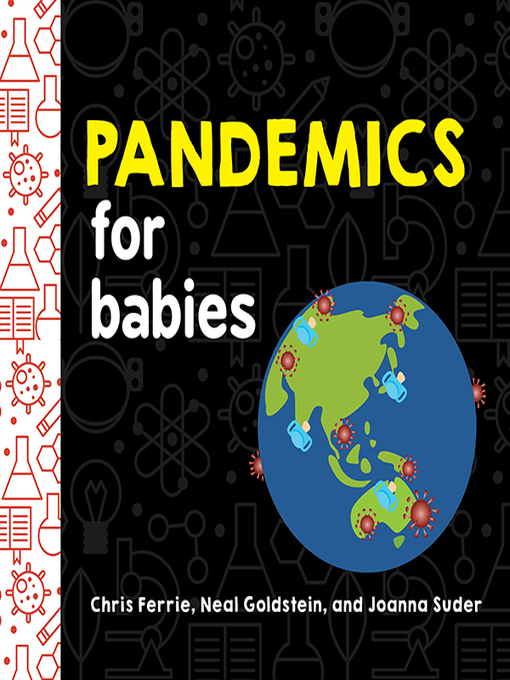A timely and simple explanation of the science behind pandemics, from the #1 science author for kids. The perfect tool to explain current events to toddlers, or give as a funny keepsake or gift for babies born during the COVID-19 pandemic!
Pandemics for Babies is an engaging, basic introduction for youngsters (and grownups!) to the complex concepts like transmission, quarantine, and social distancing. Full of scientific information and written by experts, this newest installment of the Baby University board book series is perfect for enlightening the next generation of geniuses about the science of pandemics. After all, it's never too early to become a scientist!
"Explaining and understanding the COVID-19 pandemic can be difficult for a variety of reasons. Explaining it so it can be understood by children can be even harder... Carefully written to explain concepts without stigmatizing any individuals or groups, [this book] includes steps that children can take after reading, like washing their hands and wearing a mask. Plus, the books end on positive messages, and use colorful illustrations to provide visuals to complex, heavy topics."—Drexel Now
Be sure to check out other Baby University books, including:
Quantum Physics for Babies
ABCs of Biology
Climate Change for Babies
Germ Theory for Babies
Rocket Science for Babies
and more!

